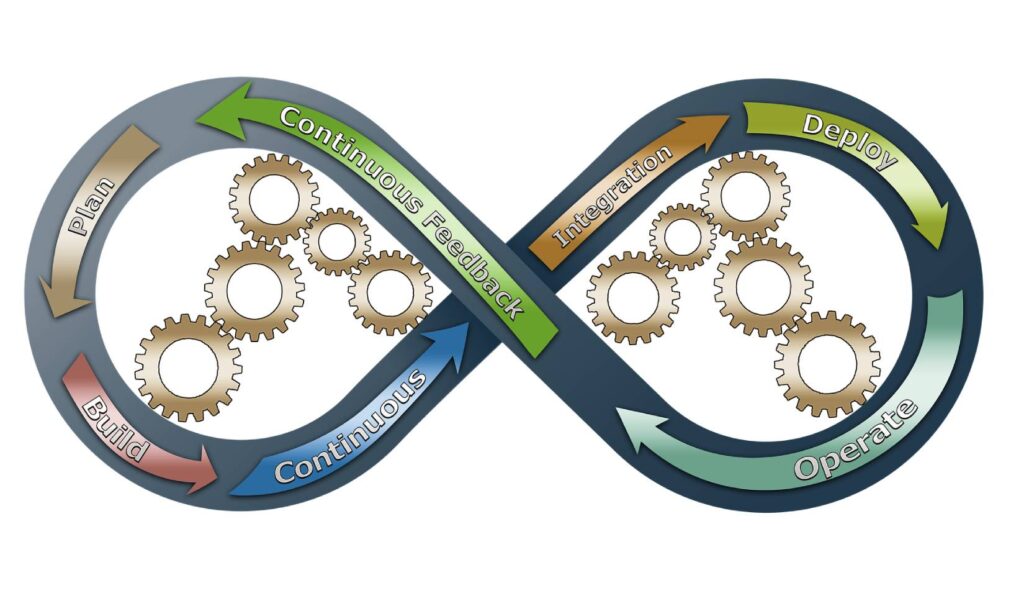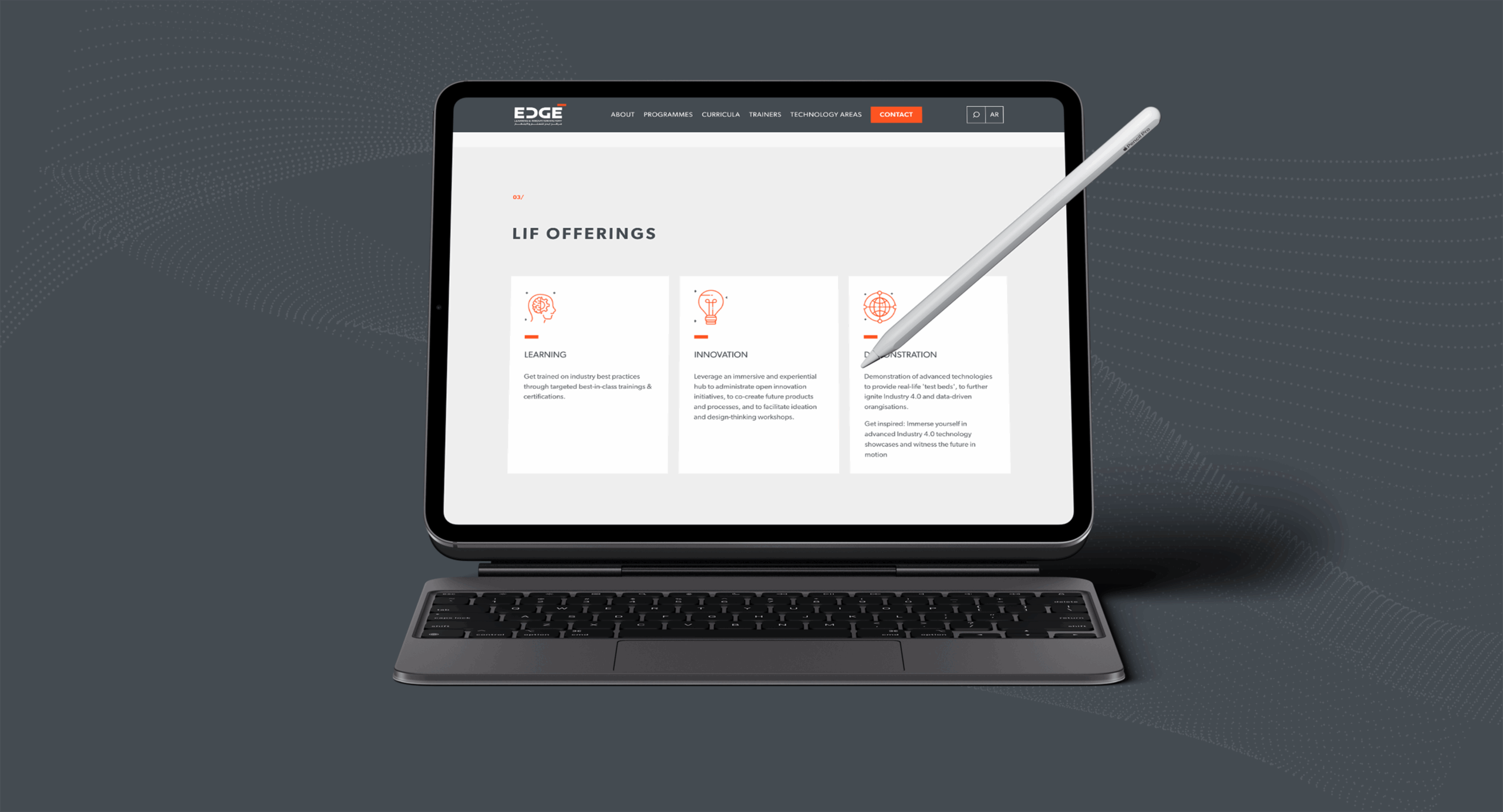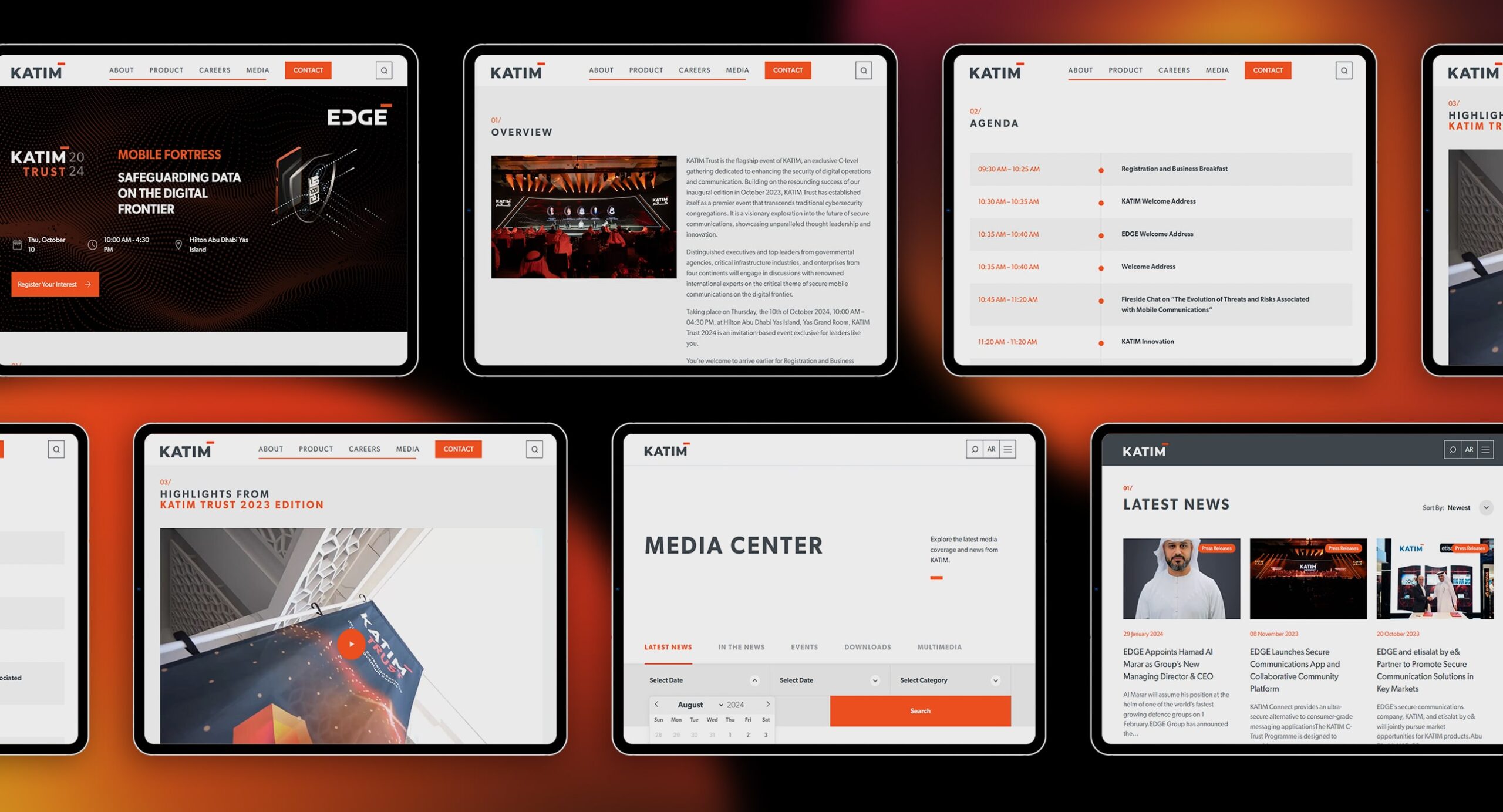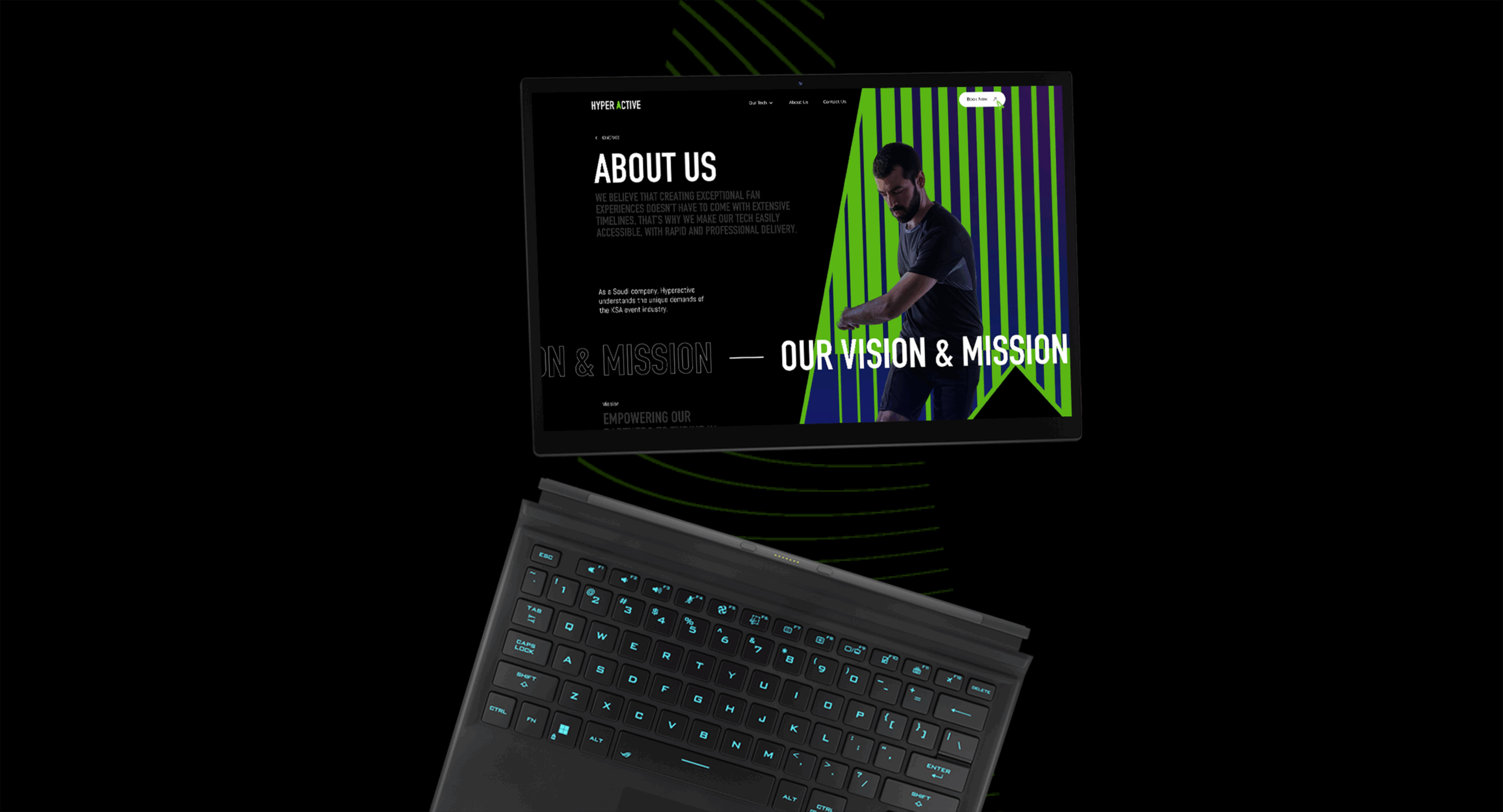Traditionally, organisations are vertically structured where development, operations, and security teams are not unified. Developers build, develop, and update work immediately but operations teams take their time to deploy stable and reliable software. Ultimately, the difference in how developers and IT operations work can lead to clashes where business is negatively affected.
As innovation advances and customer needs evolve, businesses will be able to achieve their goals by becoming agile. An agile business calls for IT operations to make use of automation to deploy repeatable and reliable applications consistently.
DevOps is an umbrella term that describes a cultural change, model, or methodology that focuses on the effective communication, improved collaboration, and unification of software developers and IT operations teams. Here’s our guide to DevOps.
So What is DevOps?
Being a combination of Development and Operations, this methodology promotes collaboration and effective communication between teams with the use of practises, cultural philosophies, and tools. DevOps can improve the collaboration between team members as well as the software’s quality and consumers’ user experience.
DevOps Model Defined
To simply define DevOps, this model or culture unifies teams, processes, and technology in order to accelerate high-quality product delivery and respond better to customer needs. Following a DevOps model means that development and operations teams often merge into one. Team members can have varied multidisciplinary skills and can work on different stages of an application’s life cycles or across its entirety.
The Evolution of DevOps
DevOps’ evolution stemmed from the need for the two siloed but equally essential teams to work in unison. As websites called for harmony among developers and those in the operations department, organisations needed collaboration and communication more than ever. DevOps teams became a necessity to ensure that software and its entire life cycle is stable and at its best.
The DevOps Lifecycle
The infinity loop represents the continuous structure of DevOps architecture and how each phase is related to each other in the DevOps lifecycle. The following phases in the DevOps model are:

Plan
During this phase, project management tools and Agile practises are utilised to track ideas, progress, and workflows visually to plan with visibility.
Build
The next phase of the DevOps cycle encompasses coding and all of its aspects which includes writing code, testing, and reviewing it.
Continuous Integration
In order to continuously innovate applications and systems that are being built, the DevOps team will need to continuously integrate reviewed and tested code.
Deploy
Product deployment is automated and every validated change or update is released to end users instead of scheduled release days.
Operate
This phase in the DevOps lifecycle automates releases and updates which allow teams to identify and address issues quickly.
Continuous Feedback
Gathering information about the software’s performance, issues, and customer experience dictates how future updates and versions are going to be improved.
Why DevOps Matters
Software has become integral to businesses across industries and at the core of DevOps is delivering value and satisfaction to customers quickly. Software is used to interact with customers on various platforms and has transformed the value chain which is why DevOps matters. DevOps practises and culture also drive business innovation in a faster and secure way without compromising the quality of a product, its performance, or a feature.
The Benefits of DevOps
Speed
Innovating and adapting to what customers need, evolving markets, and becoming more efficient as a business are just a few of the advantages of DevOps.
Improved Collaboration
DevOps teams are effective because of shared values and responsibilities. With accountability, ownership, and the same goals, teams are efficient.
Rapid Deployment
By increasing the number of releases and the pace at which innovations and improvements occur, new features, bug fixes, and responses to what customers need is quicker. Continuous deployment is a competitive advantage.
Quality
Another one of the benefits of DevOps is that continuous integration and delivery guarantee that improvements are functional and reliable which upgrades the quality of a product.
Security
Adopting a DevOps culture enhances security with the use of security testing tools or by integrating security teams which is when the model DevSecOps is created. Security is an added need where compliance and resource management, for example, are automated.
Scale
The consistency that automation ensures enables you to operate and manage your infrastructure and development processes at scale with reduced risk.

The Challenges of DevOps Adoption
While this model is beneficial adoption and other include DevOps challenges include:
- Skill, job, organisational, and departmental changes
- Expensive investments in training, tools, and platforms
- Scaling across various software and teams
- Resistance to change
- Adapting to continuous learning
Adopting a DevOps Culture
Transitioning and adhering to DevOps principles requires a shift in mindset. Circling back to the very definition of DevOps, barriers are removed between development and operations teams that are traditionally siloed in order to optimise productivity and reliability. With a commitment to customer needs, communication, and a DevOps culture, team goals and processes will naturally align for overall success.
DevOps Practises
Continuous Integration (CI)
Continuous integration enables developers to find bugs quickly, address them properly, upgrade the quality of software, and release software updates in a shorter time period.
Continuous Delivery (CD)
Continuous delivery is a practice in software development where the release of updated code or new code into production is automated. Together, continuous integration and continuous delivery (CI/CD) will change code, automatically build, test, and prepare a software update to production.
Automation
In DevOps automation enables teams to go through the development and deployment of software quickly while maintaining quality. Automation standardises processes while improving the reliability of components.
Infrastructure as Code (IaC)
IaC is a DevOps practice where developers interact, manage, and automate infrastructure provisioning using code. By treating infrastructure like actual code, changes can be tracked, deployment can be automated, and duplication is possible.
Microservices
This is a design approach where an application is built as a set of smaller services where each service has its unique processes, can be deployed independently, operated independently, and communicate with other services via an interface.
Monitoring
Metrics, logs, and other data are monitored in order to better understand how software and its infrastructure impacts performance and user experience. As the development life cycle is monitored, DevOps teams will be able to see how updates or other changes affect users and real-time updates enable quick responses.
Collaboration and Communication
DevOps practises and tools also facilitate effective collaboration and communication. DevOps merges teams’ workflows and responsibilities which encourage rapid information sharing across teams in order to work towards goals and projects.
DevOps Tools
DevOps tools automate tasks, help with management, and aid teams in deploying innovations. Some of the tools used in DevOps include:
- Build server
- Source code repository
- Configuration management
- Cloud environments
- Containers
Can we add a section for How GTECH can help your company with devops
Starting Your DevOps Journey with GTECH
GTECH supports various DevOps principles and practices that your IT departments can capitalize on to improve business agility. Get in touch with us today for a free consultation.
Related Post
Publications, Insights & News from GTECH








